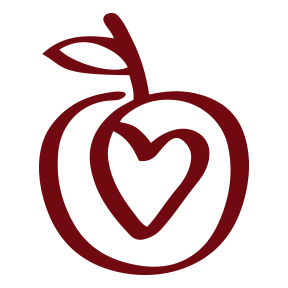Skip to content
Show submenu for COVID-19 Reporting
COVID-19 Reporting
Bond
Show submenu for Parents and Students
Parents and Students
Academic Support
English Language Learners
Show submenu for Board of Education
Show submenu for Departments
Departments
Show submenu for
